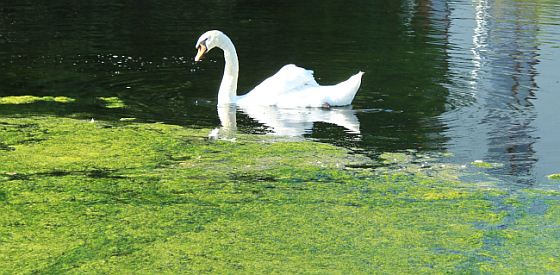Water Quality for Artisan Food Producers

Water Quality for Artisan Food Producers
Water is the main ingredient in our food, but yet it’s taste and odour are often overlooked by food producers. While compliance with drinking water regulations is essential for public health, it is worth considering how water can improve the taste, flavour and odour of food produce. In the past, it was seen that other ingredients could mask or overpower off-tastes in water. However, as the more discerning 21st century consumer is always looking for a more pleasant and natural taste, the chemistry of water can play an important role.
When using water for food preparation, it is important to ask yourself about the source of your water. This is usually by public mains or a private borehole supply. These two sources tend to come with their own unique problems.
Most mains water in Ireland is taken from a river or lake. These natural water bodies can pick up a lot of organics, effluents and agricultural run-off before abstraction by the water works. River quality, especially can vary hugely depending on weather. Most British and Irish treatment plants typically use what is known as conventional treatment, which some would argue is inadequate when looking for water to meet culinary standards. It is not unusual for mains water to have a strong taste and smell of chlorine. Aside from the nasty chlorine by-products reported in the media, food companies should be mindful that some are much more sensitive to this Chlorinous taste than others.
Lake and reservoir supplies are susceptible to algal growth. If you have ever noticed an earthy and musty taste in your water, this is caused by dead algae releasing an unpleasant compounds known as MIB and geosmin. They are not necessarily harmful but difficult to remove and leave a very unpleasant taste and smell. Readers living in some cities for example may have noticed this problem if their water is drawn from still water like a lake where the water prone to algal blooms.

Private wells are susceptible to bacteria and other pathogens. Microbiological contamination will commonly have no affect on taste but should be controlled for public health reasons. The taste of water depends largely on the mineral content. These minerals refer to the level of Total Dissolved Solids (TDS) and the major ionic species present such as Calcium, Magnesium, Chloride and many more. Calcium for example gives a milky taste. All of these ions should be present in the right amounts, in the same way your dinner tastes better with just a pinch of salt rather than a teaspoon. As the name suggests, the mineral content of groundwater depends hugely on the make-up of the ground local to the well. Therefore, as an example, areas high in limestone rock will produce water with high levels of Calcium and Magnesium.
For food producers looking to improve the taste and quality of their water, setting targets or sweet spots for critical parameters is a good place to start. A laboratory water test will determine the profile of these key parameters. Generally, water should have a medium hardness, have a balanced mineral content and a fairly neutral pH. However, depending on which food or beverage is being produced, further research should be carried out on which tastes give the best results.
For more information on the importance of Water Quality For Food Businesses, check out this link.
You can also Send us a message if you’d like to learn more.
MORE NEWS






